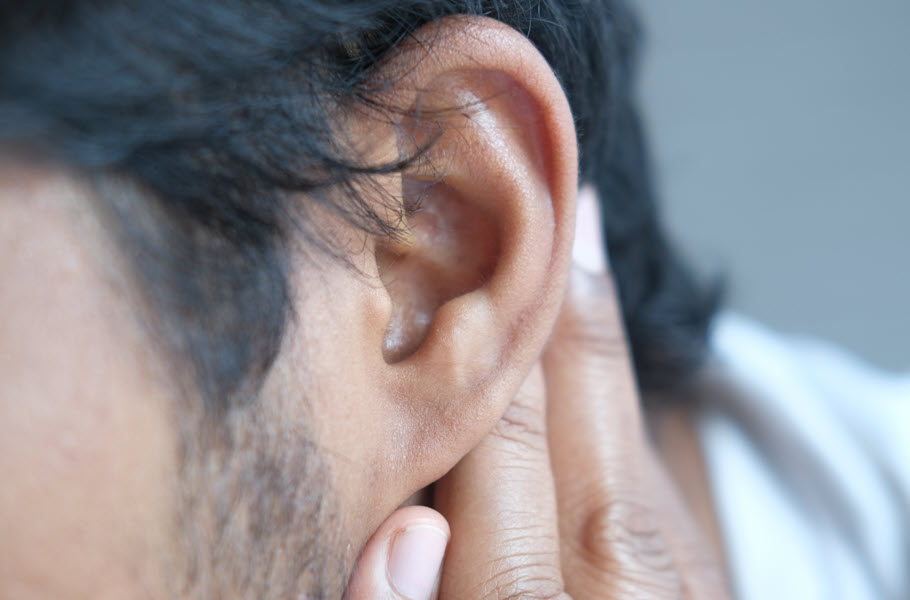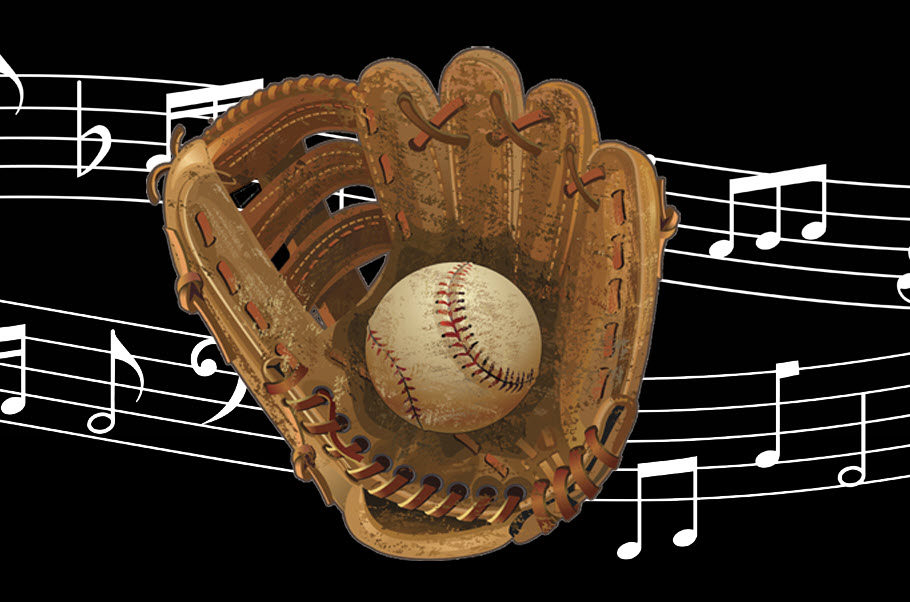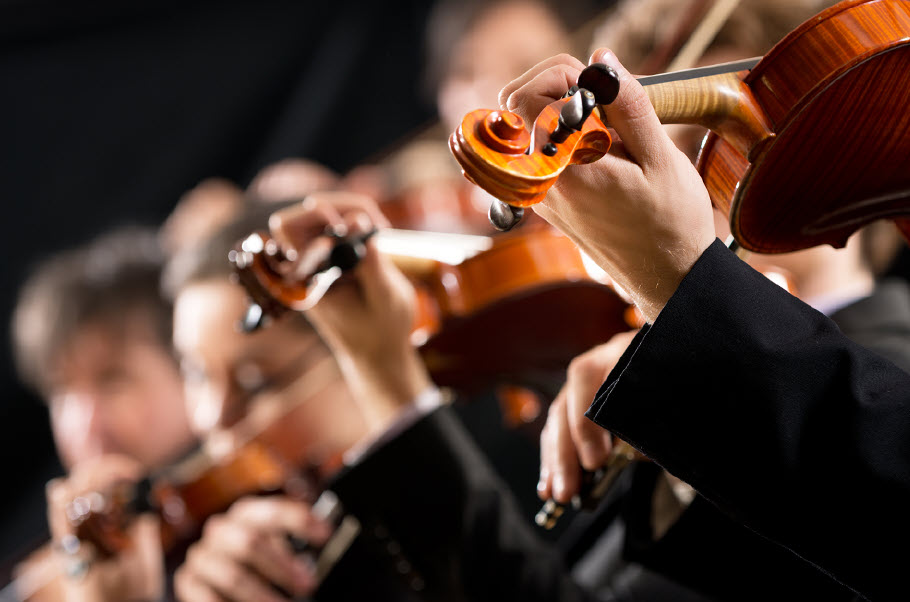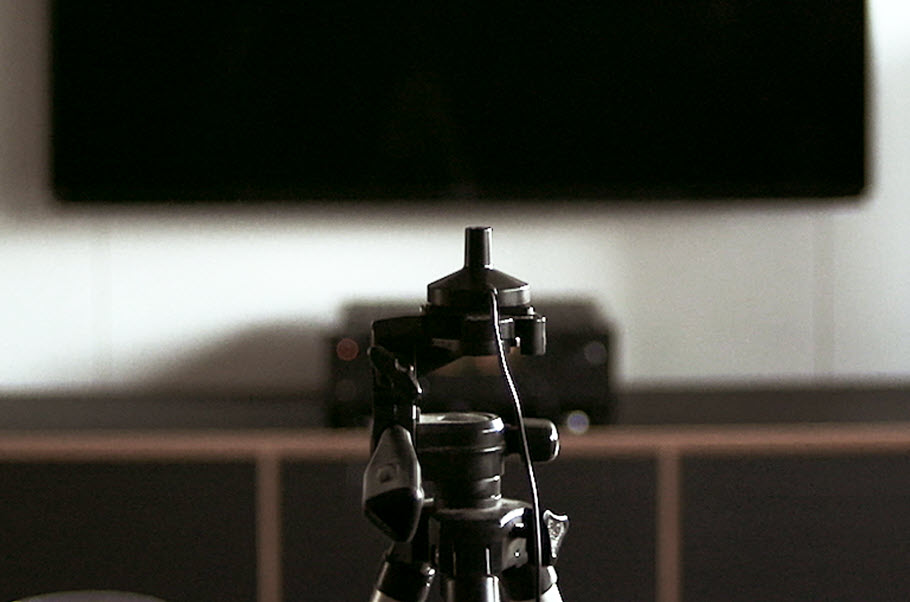What is Lo-Fi?
Get in on the low fidelity craze.
The events of the last two years have revealed a dichotomous new musical era. In one way, technology has never been more prevalent. At the same time, people have never been more isolated. But that reality has a silver lining: it’s helped create a renewed love affair with Lo-Fi.
The crackle and delightful imprecisions of the music of the past is drawing millions of new listeners. In this article, we’ll tell you exactly what Lo-Fi means, why it’s so popular and where it came from … as well as where you can find the best examples of these kinds of sounds.
WHAT DOES LO-FI MEAN?
“Lo-Fi” is simply short for “low-fidelity” — a term for music in which the listener can hear imperfections like crackles, scratches, pops, out of tune strings or other things that might otherwise be considered imperfect. These have always existed in older recordings or, more recently, in DIY recordings. But today, there is a renewed appreciation for them.
Many associate the resurgence in Lo-Fi fandom to the renewed popularity of YouTube™ communities like Chillhop, LoFi Girl, and Oldies playing in a coffee shop and it’s raining, as well as Spotify playlists like lofi hip hop music. These online resources play popular contemporary music as well as oldies; not only are fans drawn to familiar sounds, in the case of the latter they enjoy the memories associated with them too.
Many of these YouTube channels can stream lo-fi music in real time, like a traditional radio station. They also offer the added bonus of an online forum in the comments section where fans can “hang out” together, talk about the music and share personal stories. Because the music is often instrumental and calm, it doesn’t distract from a passive chat.
THE HISTORY OF LO-FI
Lo-Fi sounds have their origin in both old-time radio and in outdated audio formats like cassette tapes and 8-track cartridges. In the waning years of the 20th century, some musicians began to tend toward earthier sounds, rebelling against the synthesizer-saturated ’80s and the oncoming computer domination of both audio and modern culture in general. Punk, grunge, hip-hop and other subgenres all embraced that sonic sensibility.
It’s important to understand that “Lo-Fi” is not a type of music unto itself. For that reason, it can be applied to nearly every genre; for example, there’s Lo-Fi rock, rap, hip-hop, even jazz. Modern hip-hop producers like J Dilla and Q-Tip have helped to make these fuzzy, nostalgic sounds popular for contemporary audiences.
In this context, Lo-Fi refers to how the music was recorded or mixed, which can involve the use of rudimentary equipment, the creation of purposeful “mistakes” and the addition of ambient environmental sounds like a crackling fire or raindrops on a window. There are even “bit crusher” plug-ins for DAW (Digital Audio Workstation) software that reduce the resolution of digital recordings so they sound more like they came from the 1980s than the 21st century.
Today, Lo-Fi music, especially when it comes to hip-hop-oriented sounds, often features drum loops, jazz chords and recognizable vintage song samples. Songs recorded in the first half of the 20th century are also popular — genres like swing and Dixieland jazz — especially when combined with ambient sounds from the era. Some YouTube playlists earn millions of streams.
HOW BEST TO ENJOY LO-FI MUSIC
One of the most beloved aspects of these playlists, particularly those that are broadcast in real-time, is the community that has organically amassed around them. These provide calming, supportive, like-minded spaces to engage with other music fans while enjoying Lo-Fi. Especially in times of stress, the familiarity and nostalgia found in these sounds soothes and comforts.
Another reason people flock to Lo-Fi music is that it can be enjoyed passively, while doing other things. The songs are familiar, the recordings often mild and mellow, so there is nothing the brain needs to pay direct attention to if a listener is otherwise occupied. That means you can listen to Lo-Fi while studying, working, cooking or when doing other things around the house. Some therapists are even suggesting that their clients take advantage of the calming nature of Lo-Fi.
As a bonus, many of the YouTube Lo-Fi channels incorporate familiar, simple imagery: a couple sitting at a diner counter; someone sleeping cozily in their bed; a “LoFi girl” studying with her cat on the window (a meme created by Colombian artist Juan Pablo Machado). Last but not least, engaging with the beloved sounds of the past can offer a unique type of music education: learn while you listen instead of the more usual “listen while you learn.”
Looking for more Lo-Fi? Check these out:
Lofi hip hop mix [Beats To Relax/Chill to















